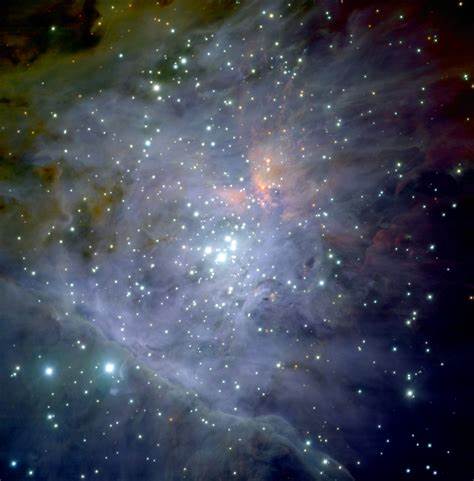Baby years:-Like basketball scouts discovering a nimble, super-tall teenager, astronomers using the James Webb Space Telescope reported recently that they had identified a small, captivating group of baby galaxies near the dawn of time. These galaxies, the scientists say, could well grow into one of the biggest conglomerations of mass in the universe, a vast cluster of thousands of galaxies and trillions of stars.
For the first time, the James Webb Space Telescope has captured a “protocluster” of seven galaxies at a time merely 650 million light years after the big bang.

Based on data collected by Webb, astronomers calculate that the nascent cluster will probably grow in size and mass to resemble the cloma cluster, which according to the Space Telescope Science Institute (STScI), is a “monster of the modern universe.”
The scientists’ report is an outgrowth of a larger effort known as the Grism Lens-Amplified Survey from Space, organized by Tommaso Treu, an astronomer at the University of California, Los Angeles, to harvest early science results from the Webb telescope.
“This is a very special, unique site of accelerated galaxy evolution, and Webb gave us the unprecedented ability to measure the velocities of these seven galaxies and confidently confirm that they are bound together in a protocluster,” said Takahiro Morishita, lead author of the study, in a press statement.
The latest infant galaxies had been detected over the years by the Hubble Space Telescope as red dots of light, visible at such great remove only because they had been magnified by the space-warping gravity of Pandora’s Cluster, an intervening cluster of galaxies in the constellation Sculptor.
In order to be able to see this distant group, astronomers took advantage of a phenomenon known as Galaxy lensing, Galaxy clusters are some of the most massive cosmic objects that exist. They have such high concentrations of mass that they can warp the fabric of spacetime.
According to calculations based on prevailing models of the universe, gravity will eventually draw these galaxies together into a massive cluster containing at least a trillion stars. “We can see these distant galaxies like small drops of water in different rivers, and we can see that eventually they will all become part of one big, mighty river,” said Benedetta Vulcani of the National Institute of Astrophysics in Italy and a member of the research group.

Sometimes, they warp the spacetime fabric in such a way that they create a kind of “lens” that bends light. This gravity lens can help “magnify” the objects behind it, making it easier for astronomers to observe distant cosmic objects.
Some of these galaxies were birthing stars at a prodigious rate, more than 10 times as fast as the Milky Way, which is 10 to 100 times as big. Others in the young group were barely generating one star a year, “which is an interesting diversity in a group of galaxies at this early epoch,” Dr. Morishita said.
All this adds to a suspicion among some cosmologists that the early universe was producing stars, galaxies and black holes much faster than the standard theory predicts. In an email, Dr. Morishita said there was not yet any “crisis” in cosmology.


